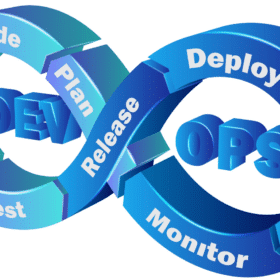The 4G/5G interworking – breaking vendor lock-in
This article originally appeared in Voice and Data
4G and 5G will continue to co-exist for a long time to come. Even after 5G launches, 4G will still account for more than half of all connections for the next few years. However, telcos can advance transition from 4G to 5G by bridging the two major networks. It is evident that 5G will dominate the mobile landscape in the future. But that does not mean that 4G is going away anytime soon.
While transition from 4G to 5G is a substantial shift, this coexistence creates a host of challenges and considerations. In them, vendor lock-in is one of the key highlights. For telecom operators, proprietary technologies with little scope for maneuver did not meet their expectations. Furthermore, it slowed innovation and caused higher operational expenditure.
By separating 5G functions and data, operators immediately gain more control, freeing them from the vendor lock-ins. There are two ways telcos can go. First, they can remain locked with their incumbent vendor for the foreseeable future. However, they can also break free from the shackles of vendor lock-in and get a neutral, open vendor. The latter will allow them to leverage best-of-breed functions for 5G. Operators will have the freedom to pick and choose individual components and gain the ability to differentiate and monetize service offerings.
Alongside 5G architecture, 4G networks will continue to operate requiring interworking between the systems to provide service for all types of subscribers. Most telecom operators have a 4G core from a major vendor that makes it almost impossible to deploy a different 5G SA solution. Service providers also may not find much help in 3GPP standards, which were late to define 4G-5G interworking.
Tier 1 operations will break free first in this scenario. Due to their size and resources, they’re in an advantage position to handle the challenges and risks of switching vendors. Their capacity and extent also gives them more power to command their incumbent vendors to cooperate.
Read the rest of the article to find out more about the key considerations to break vendor lock-ins.




